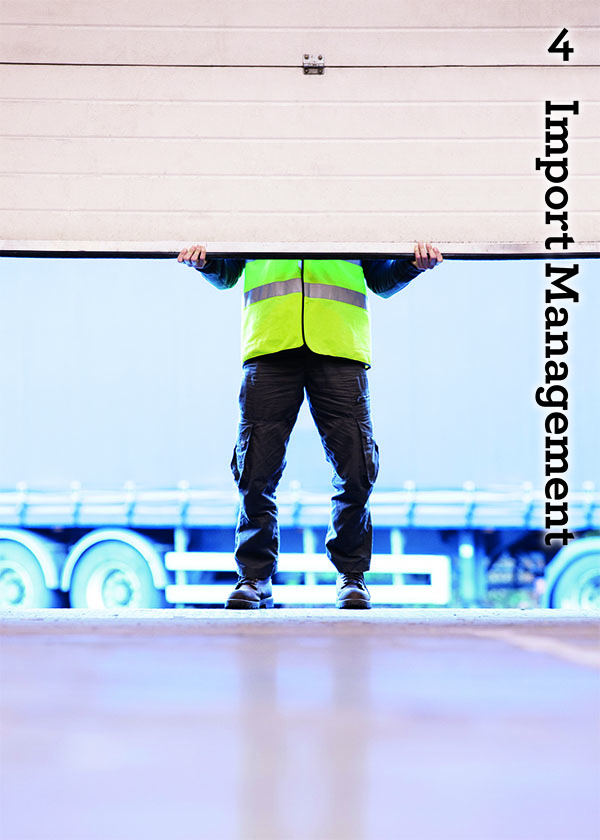An introduction to importing management, courtesy of Daniel Silva,
secretary of the Importers Institute.
To give your import business the best chance of success, it’s vital you begin by accurately and objectively assessing the opportunity. In any new venture it’s very easy to overstate the opportunities and understate the challenges. There is often a feeling that you should kick-start the process immediately to ensure the opportunity is not missed. At this point it is important to slow down, take a deep breath and complete the necessary groundwork that will prove whether or not (on paper, at least) your idea has legs. Although time consuming, it’s recommended you go through the steps below before committing to your import initiative.
Assess your costs
Often import businesses start when an individual or a company sees an opportunity to buy a specific product offshore at a competitive price and bring it to New Zealand to sell at a profit. It is important to understand that as well as the cost of the good/s, there are other costs that must be factored in. Two significant costs are insurance and freight.
Insurance
It is in the best interests of both buyer and seller to ensure that the value of the goods are insured from the time that they leave the overseas supplier’s factory until the time they arrive at your storage facility in New Zealand. There are many different types of freight insurance available, from general freight insurance through to specific freight insurance services.
It is important before transacting business with your supplier that you decide on which Incoterm you are going to trade under. Incoterms are a set of definitions from the International Chambers of Commerce which define the responsibilities of importers and exporters. The following is simplified table using some of the more commonly used terms.
If you’re purchasing the goods Free On Board, as the buyer you are taking responsibility for the risk as soon as the goods have passed over the ship’s rail onto the ship at the port of departure. From this point onwards until the goods arrive at your storage facility, as the buyer you carry the risk relating to whether the goods were damaged, lost or misplaced in transit.
If you trade under CIF, the supplier carries that risk until the goods are delivered to the destination port in New Zealand. When trading under FOB, the buyer organises and pays for insurance and freight costs, while trading under CIF means the supplier organises and pays for insurance and freight costs.
This is an extract of the chapter. You can buy a print copy of the handbook here or a digital copy here

